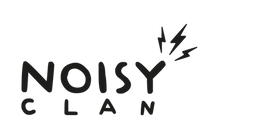A little sweaty and a lot out of my depth I reached class late and squeezed into a chair between two fellow guitar players. I had booked the advanced class and hoped that I would be able to keep up.
Last year, I decided to add some new music flavours to my life. I had been looking at some local group classes for a while. Scots Music Group, a community-based charity in Edinburgh, runs traditional music and song classes for adults, informal sessions, monthly ceilidhs (pronounced 'kae-lee', and it can only be described as Scottish folk dancing, I highly suggest researching it) and other social events. I was able to sign up for a guitar class which started last night.
Graeme Armstrong was the stand-in for the normal instructor. Here is a great video of Talisk with him playing some rocking Scottish music. The format for the class was learning a song via the chords and then the melody. The chord chart below was on the board:

Rather than freaking out I started thinking about chord formulas. Chords all start building from the 1-3-5 triad. We just released our Guitar Cheat Sheet, so I put that experience to work figuring out the chords. The chords aren’t tricky. The A5 and E5 are simple power chords and the Dsus2 and A/C# are basic chord and inversions.
Here is our chord formula:

Unfortunately, the chords everyone was playing weren’t the same ones that I came up with. But that is the beauty of stepping out of your normal routine; taking a class and stretching your comfort zone. You learn something new.
Here are the chords that everyone was playing.

In these positions the drone of the high E string creates a wonderful open tuning feel for the chords. This was played fast with quick changes. It actually reminded me of funk guitar without the staccato rhythms.
I was able to follow along and slowly came up to speed with the class. Later, we added the melody and ended the evening with half the class playing the chords and the other picking out the melody. Overall, a great evening. With several takeaways, musical and personal:
Musical Lessons:
1. Chord Charts RockThe white board chord chart that the teacher sketched out is hugely useful. It captures the chords, their timing, and the overall song structure. The basic structure shows 4 bars/measures per line.
Chord Charts are useful for capturing song chord progressions. Many songs can be broken down into 4 bar/measure sections. These might have repeating chord progressions or are structured around even measures like the 12 bar blues foundation of rock music.
We will do a short Chord Chart handout with a usable chord and basic instructions for use (so keep your eyes peeled!).
2. Theory is your friend.
Having some music theory knowledge helps demystify music. Even a little. Understanding how a basic chord is built up from 1-3-5 really helps navigate new chords. Without some basic music theory, I would have been stranded rote memorising the fingering for the chords last night. With bolstering from chord formulation, I was able to have insight into the chord fingering and how it could be used across the fretboard.
The A/C# is a great chord inversion example. As it is shown you can play all the strings including the open strings A and the high E. Which are both part of the 1 and 5 of the chord.
The notes from the low E are C# A A E A E. 3-1-1-5-1-5.

3. Good Musicians don’t play all the notes all the time.
This shape is moveable. If you damp the two open strings you can play this inversion for all 12 chords.
4. Always know where the root is.
The key to being able to move this chord, other than having fat fingers to dampen the two unwanted strings, is to know where the root 1 of the chord sits. For this chord the root note is on either the D string on the 7th fret or the B string on the 10 fret.
Life Lessons
1. Get out of your comfort zone.
It is easy to fall into a comfortable rut. Bring in outside influences to help get you out of a rut. Many creative guides and instructions emphasise looking at problems from a fresh angle. 'Creative Whack Pack' by Roger Von Oech and Brian Eno’s 'Oblique Strategies' are two great examples.
2. Take what you learn and tweak it so that you can use it in your own life.
I may never play this song ever again in my life. But there were lots of 'aha' moments that I am incorporating into my own music. I like to write songs, and so I am going to use this progression to write a song or portion of a song to really make this musical nugget my own!








